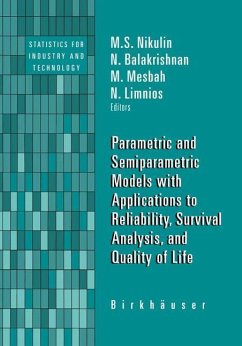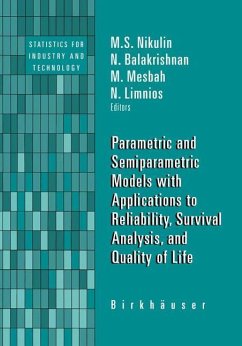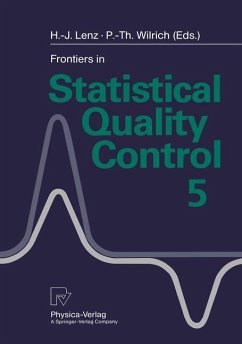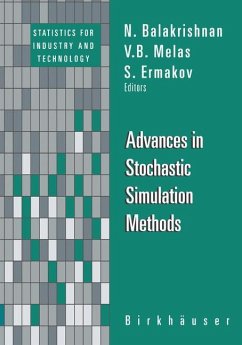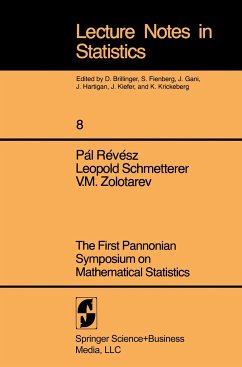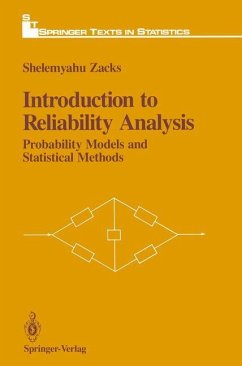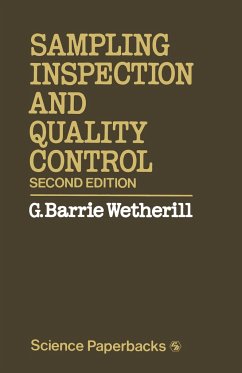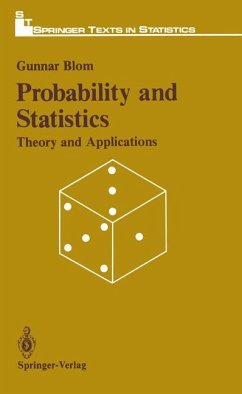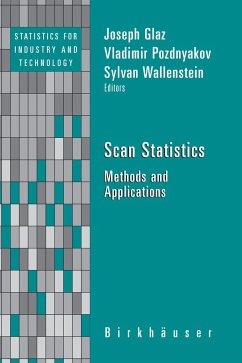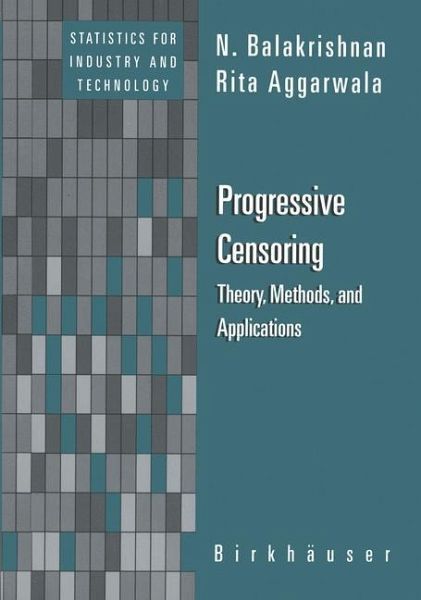
Progressive Censoring
Theory, Methods, and Applications

PAYBACK Punkte
38 °P sammeln!
Censored sampling arises in a life-testing experiment whenever the experimenter does not observe (either intentionally or unintentionally) the failure times of all units placed on a life-test. Inference based on censored sampling has been studied during the past 50 years by numerous authors for a wide range of lifetime distributions such as normal, exponential, gamma, Rayleigh, Weibull, extreme value, log-normal, inverse Gaussian, logistic, Laplace, and Pareto. Naturally, there are many different forms of censoring that have been discussed in the literature. In this book, we consider a versati...
Censored sampling arises in a life-testing experiment whenever the experimenter does not observe (either intentionally or unintentionally) the failure times of all units placed on a life-test. Inference based on censored sampling has been studied during the past 50 years by numerous authors for a wide range of lifetime distributions such as normal, exponential, gamma, Rayleigh, Weibull, extreme value, log-normal, inverse Gaussian, logistic, Laplace, and Pareto. Naturally, there are many different forms of censoring that have been discussed in the literature. In this book, we consider a versatile scheme of censoring called progressive Type-II censoring. Under this scheme of censoring, from a total of n units placed on a life-test, only m are completely observed until failure. At the time of the first failure, Rl of the n - 1 surviving units are randomly withdrawn (or censored) from the life-testing experiment. At the time of the next failure, R2 of the n - 2 -Rl surviving units are censored, and so on. Finally, at the time of the m-th failure, all the remaining Rm = n - m -Rl - . . . - Rm-l surviving units are censored. Note that censoring takes place here progressively in m stages. Clearly, this scheme includes as special cases the complete sample situation (when m = nand Rl = . . . = Rm = 0) and the conventional Type-II right censoring situation (when Rl = . . . = Rm-l = 0 and Rm = n - m).





